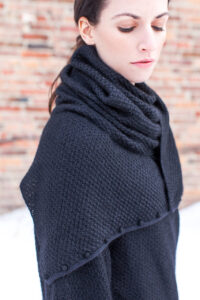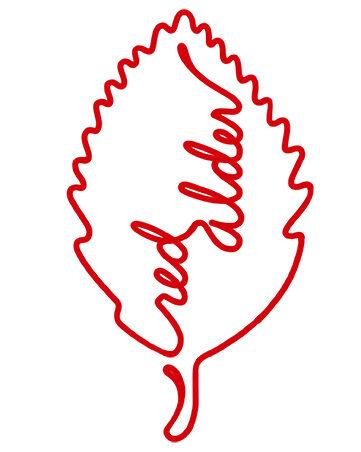A Couture Method for Handknitting
Catherine Lowe
Thursday & Friday All Day
For well over a century and a half, dressmakers have had access to a body of techniques that allow them to create garments of uncommon refinement, detail and raftsmanship. Catherine’s couture method for handknitting offers a similar option to knitters.
This class explores the premise of the method, takes a close, hands-on look at the foundational techniques and explains how they can be easily incorporated into your knitting practice, beginning with your next project. You’ll learn essential techniques that include swatching for fabric characteristics as well as for gauge, enhancing the knitted fabric with specific characteristics through blocking techniques, and using gauge to “engineer” your garments and ensure that they maintain their shape and fit. You’ll learn
the fabrication and construction techniques that complement these essential couture techniques and that will take the look of your handknits from ordinary to extraordinary and change the way you think about your knitting.
Please note that this is a two-day class with homework and a good deal of in-class knitting.
Skill Level:
the structure of knitted fabric: how yarn moves through the fabric; identify rows and columns of stitches; and locate the running threads in a piece
of knitted fabric
• stitch and row gauge: able to determine these gauges accurately
• blocking wires: what they are and how they are used
You should be able to execute the following:
• knit long-tail cast-on
• knit and purl through the back loop of a stitch
• knit-up or pick up and knit stitches (same technique, different names)
• slip stitches, one or more at a time, through the front or back of the loop(s)
• knit and purl open running thread increases; knit and purl raised and slip raised increases
• k2tog and ssk decreases; knit and purl center double decreases
• yarnovers: from knit to knit, purl to purl, knit to purl, and purl to knit
• knit or purl into a yarnover without dropping the yarnover from the needle
Material fee: None

Student Supplies:
yarn:
Use only smooth, solid color, plied yarn. Do not use a variegated, tweed, bouclé, roving, novelty or superwash yarn.
A (used for the swatches): approximately 100 yds/ 91 m of a light colored dk weight wool with crisp stitch definition that knits at 6 stitches and 8
rows to 1”/ 2.5 cm.
B (to be used in class): 20–25 yds/ 18–23 m of the same yarn as A, but in a color that contrasts with yarn A. This yarn should knit at 6 stitches and 8
rows to 1”/ 2.5 cm and should not be so dark that it is difficult to read the stitches.
C (to be used in class): 10–15 yds/ 9–14 m of a fingering weight wool in a color and hand comparable to yarn B that knits at 8 stitches and 10 rows to
1”/ 2.5 cm.
needles:
32”/ 80 cm circular needles in the size used to work the swatches. For most knitters this will usually be a 6 or 5 US / 4 mm or 3.75 mm needle;
however, use whatever size needle is needed to obtain the gauge.
32”/ 80 cm circular needles in 1, 2, 3 and 4 sizes smaller than used to work the swatches.
32”/ 80 cm circular needles in 1 size larger than used to work the swatches.
32”/ 80 cm circular needles in the size needed to obtain gauge for yarn C, if this size is not already included in those listed above.
0 US / 2.0 mm: 2 32”/ 80 cm circular or 2 double point needles at least 8”/ 20 cm.
If you do not have 32” circular needles, please bring what you have in the sizes listed. You will need a minimum length of 24”/ 60 cm, but you may find
a longer needle more comfortable for some of the techniques.
notions:
crochet hook: C/2.5 mm or D/3.0 mm
tapestry needle
scissors
